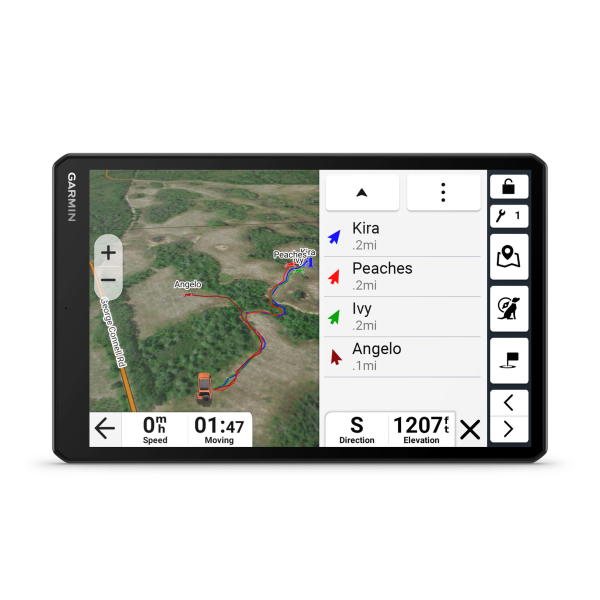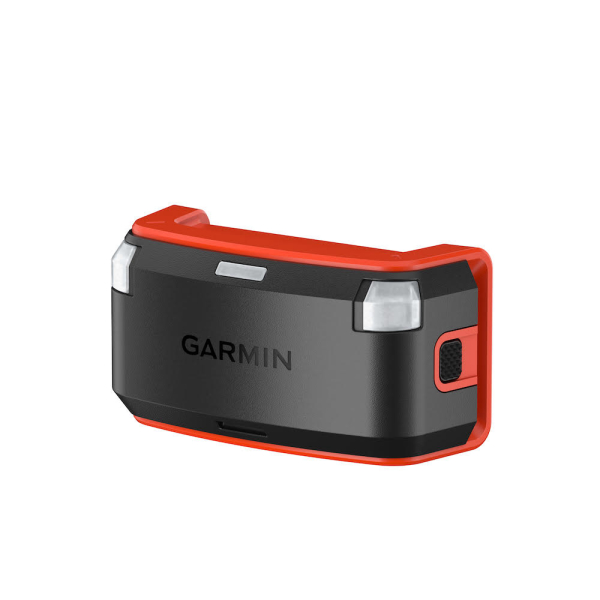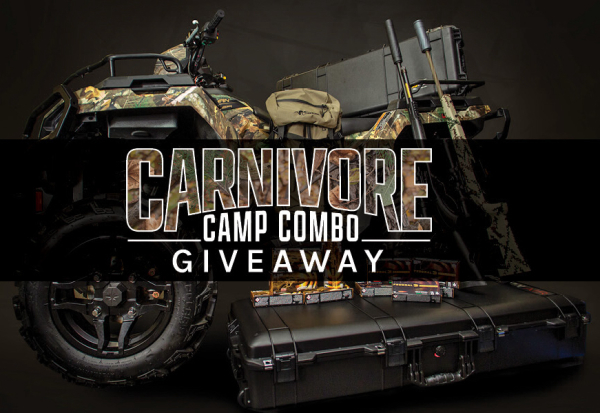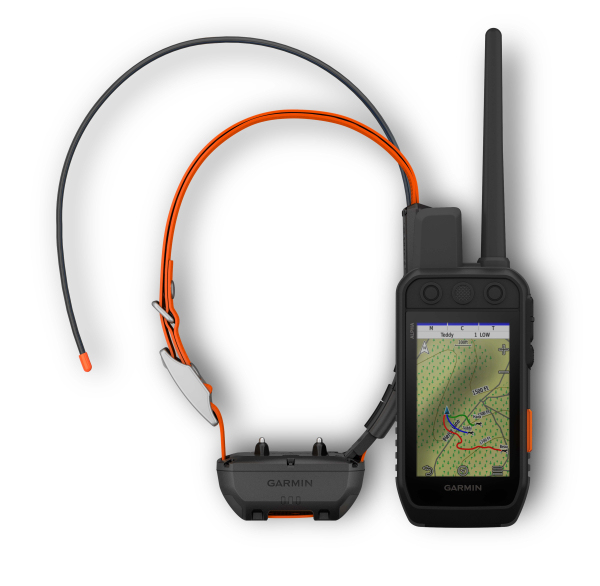Now it’s Coyote Season
By Glen Wunderlich
Spooky barks, yips, and howls of a nearby coyote interrupted the deer-hunting stillness, as sunlight descended into low light. Across the swamp the song dog taunted me, as I strained to get a glimpse of the critter. Even though deer season was in full swing, there’d be no hesitation to take out the vociferous carnivore, if given a chance. I even had a custom hand call in my pocket for the occasion, but I couldn’t bring myself to actually using it. I was torn between spending the best part of the day actively pursuing this fawn killer and waiting out prime time for a whitetail buck. Neither materialized.
With deer hunting seasons behind us, coyote hunting is at the top of the agenda now. Although a predator hunter can spend a small fortune on an electronic caller and a suitable firearm, chances are that any deer hunter already has the requisite equipment. Yes, that deer gun may render a pelt worthless from the accompanying damage, it’s really of no significant consequence when one considers the relative low value of our Eastern-variety skins in good condition; they’re not worth the trouble of skinning to begin with.
With that mentioned, a hunter is able to use the same ammunition that was used for deer hunting. However, if shots are to be in more open areas, high-stepping centerfire rifles may be in order to hunt longer ranges effectively.
But, what happens when a wily coyote presents itself for a moment at 50 yards or less? That fancy, high-magnification scoped rig is about as useful as a club. Things just happen too fast, and if you’ve ever seen a coyote hit the nitrous button, you know how fruitless it is to bring one down on the run.
Enter the shotgun. No special-purpose smooth bore is required, but relatively heavy shot is best. Some hunters prefer #4 buckshot, but any larger shot size can be problematic, because there is not enough shot to consistently hit the small vitals. Besides that, I haven’t found good patterns with larger buckshot, either.
Winchester’s Varmint X shotshells are truly worth considering for a number of reasons: 1) Patterns are unsurpassed with typical shotshell offerings, 2) The ammo is relatively inexpensive compared to other premium shells, and 3) Recoil is less than loads using more shot.
Although some hunters may opt to carry two firearms afield – a rifle for longer shots and a shotgun for closer-up work – just try to grab the right one in the heat of the moment. And, make sure to practice kicking yourself, while you are at it.
It’s probably best to take one firearm and hunt terrain accordingly. Better yet, a friend toting a shotgun as backup (or you with the shotgun), can make for a combination well-suited for different possibilities.
Next week, we will visit with a hunter/trapper who has been quite successful over the years to learn how he was able to take over 100 coyote pelts to market last year alone. Although he’s not from Michigan, many of his tips and techniques are universally applicable.







